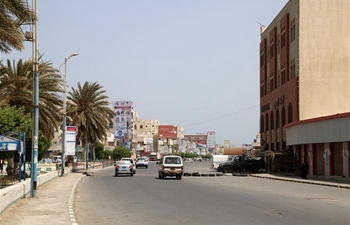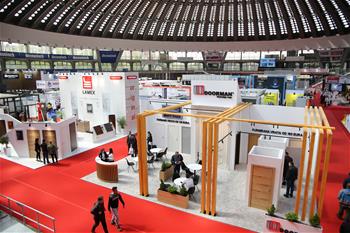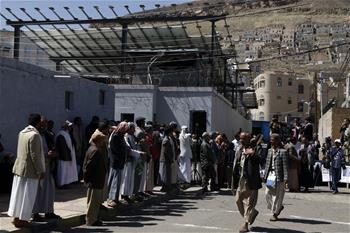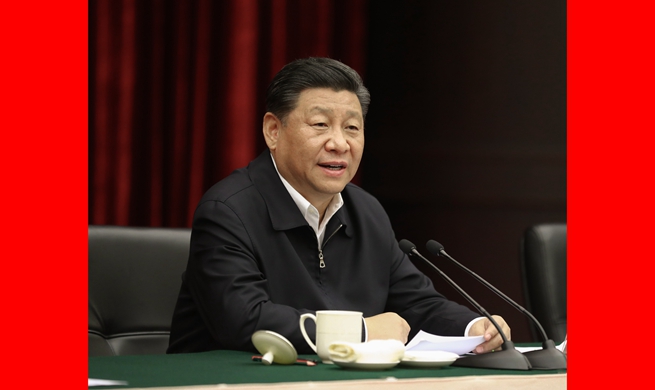GENEVA, April 18 (Xinhua) -- Changes in working practices, demographics, technology, and the environment are creating new occupational safety and health concerns, and changes are needed to meet them, a new International Labour Organization (ILO) report said Thursday.
Growing challenges include psychosocial risks, work-related stress and non-communicable diseases, notably circulatory and respiratory diseases and cancers said the ILO in a statement.
The report, Safety and Health at the heart of the Future of Work: Building on 100 years of experience, is published ahead of the World Day for Safety and Health at Work, marked on April 28.
"As well as more effective prevention for established risks, we are seeing profound changes in our places and ways of working," said Manal Azzi, an ILO specialist on Occupational Safety and Health.
"We need safety and health structures that reflect this, alongside a general culture of prevention that creates shared responsibility."
The report reviews the ILO's 100 years of work on occupational safety and health issues and highlights emerging work health and safety issues.
Currently, more than 374 million people are injured or made ill every year through work-related accidents, said the ILO.
Work days lost to occupational safety and health-related causes are estimated to represent almost 4 percent of global GDP, and in some countries as much as 6 percent, the report says.
The report highlights transformative forces driving changes that also offer opportunities for improvements.
First, technology, such as digitization, robotics, and nanotechnology, can affect psychosocial health and introduce new materials with unmeasured health hazards.
Correctly applied these can also help reduce hazardous exposures, facilitate training and labor inspections.
Demographic shifts are important because young workers have significantly high occupational injury rates, while older workers need adaptive practices and equipment to work safely.
"Women -- who are entering the workforce in increasing numbers -- are more likely to have non-standard work arrangements and have a higher risk of musculoskeletal disorders," says the report.
Additionally, development and climate change create risks such as air pollution, heat stress, emerging diseases, shifting weather and temperature patterns that can bring job losses.
Sustainable development and the green economy will create new jobs, says the report.
Finally, changes in the organization of work can bring flexibility that allows more people to enter the labor force but may also lead to psychosocial issues.
Approximately 36 percent of the world's workforce currently works excessive hours at more than 48 hours a week, says the report.

















